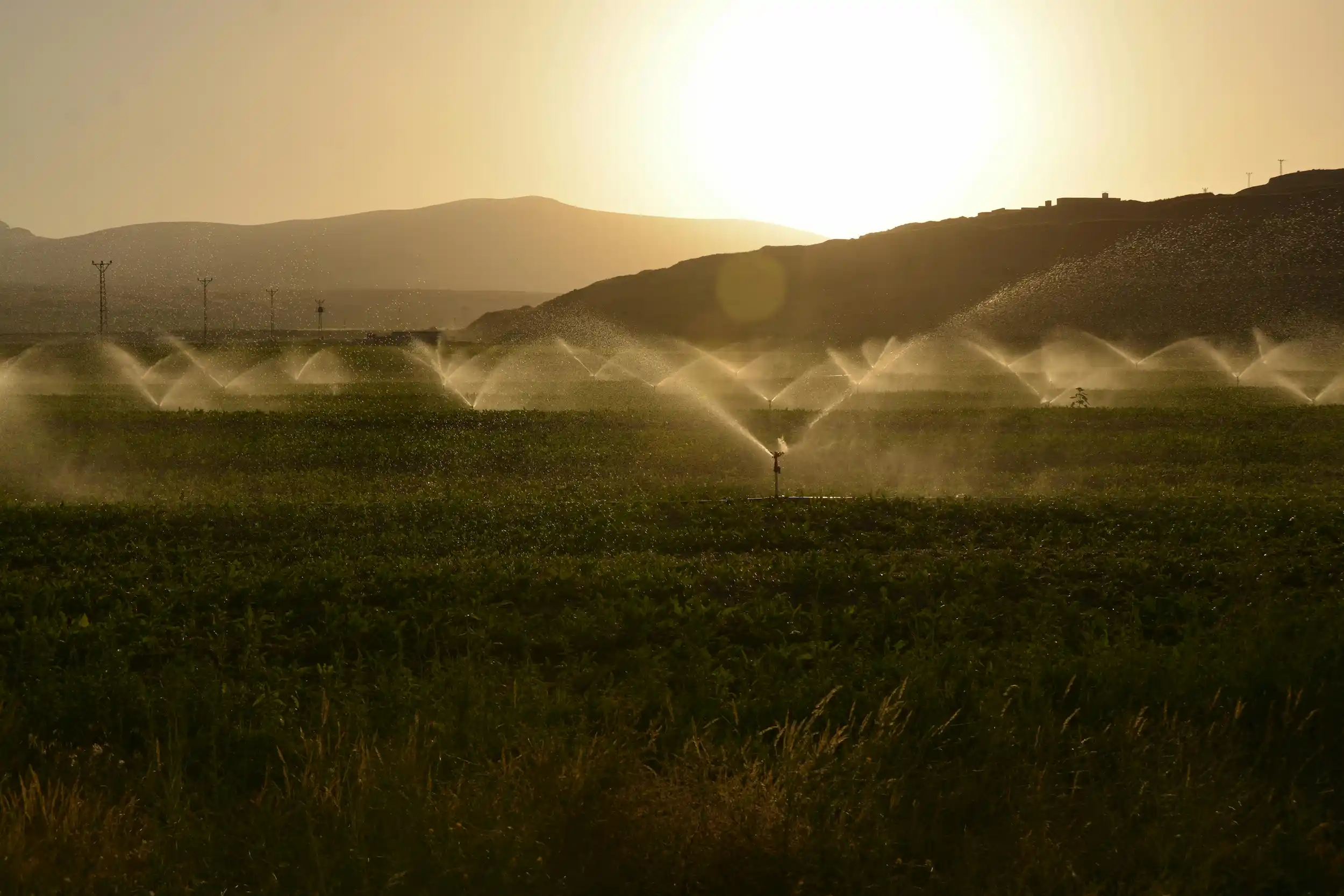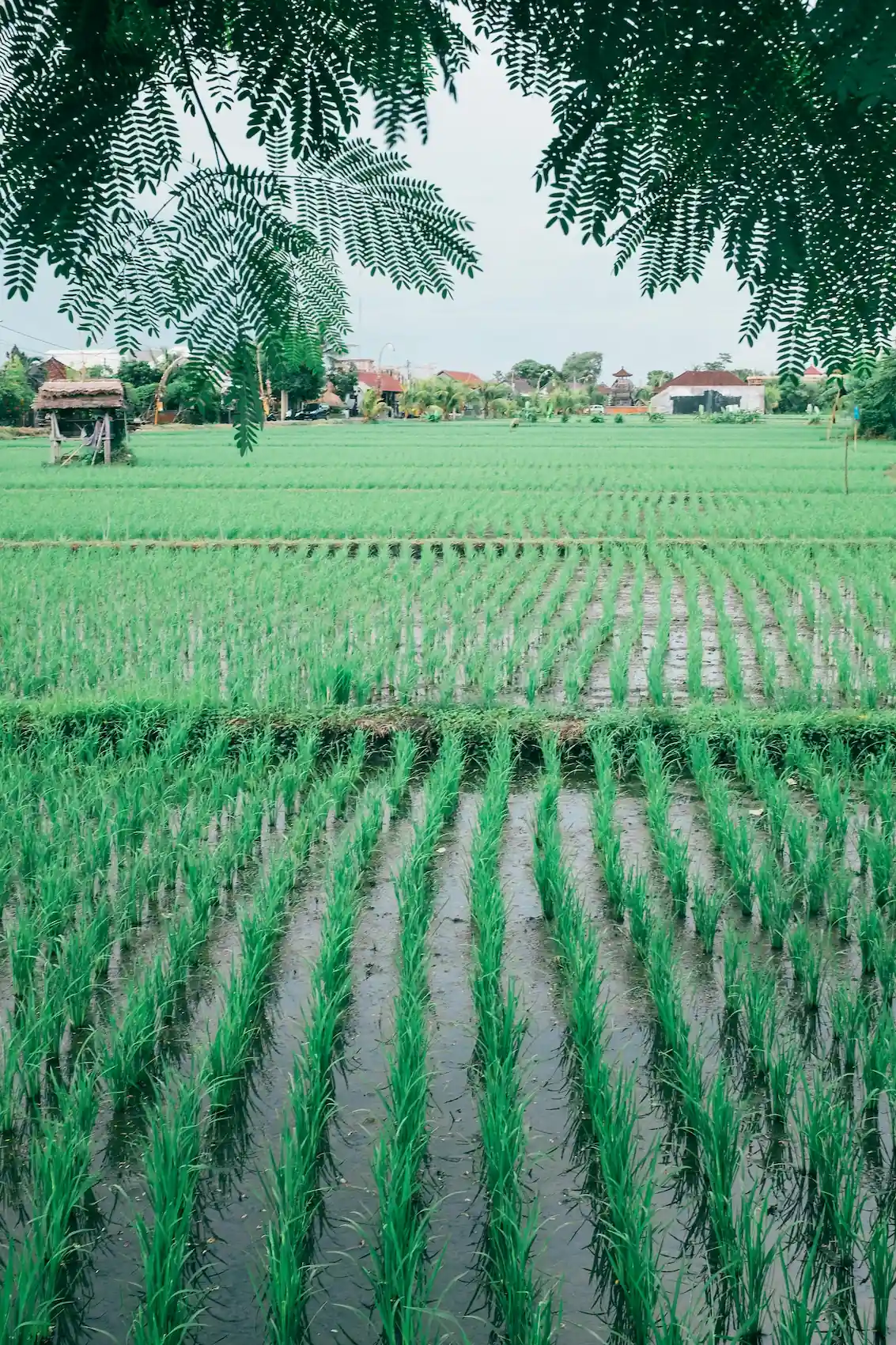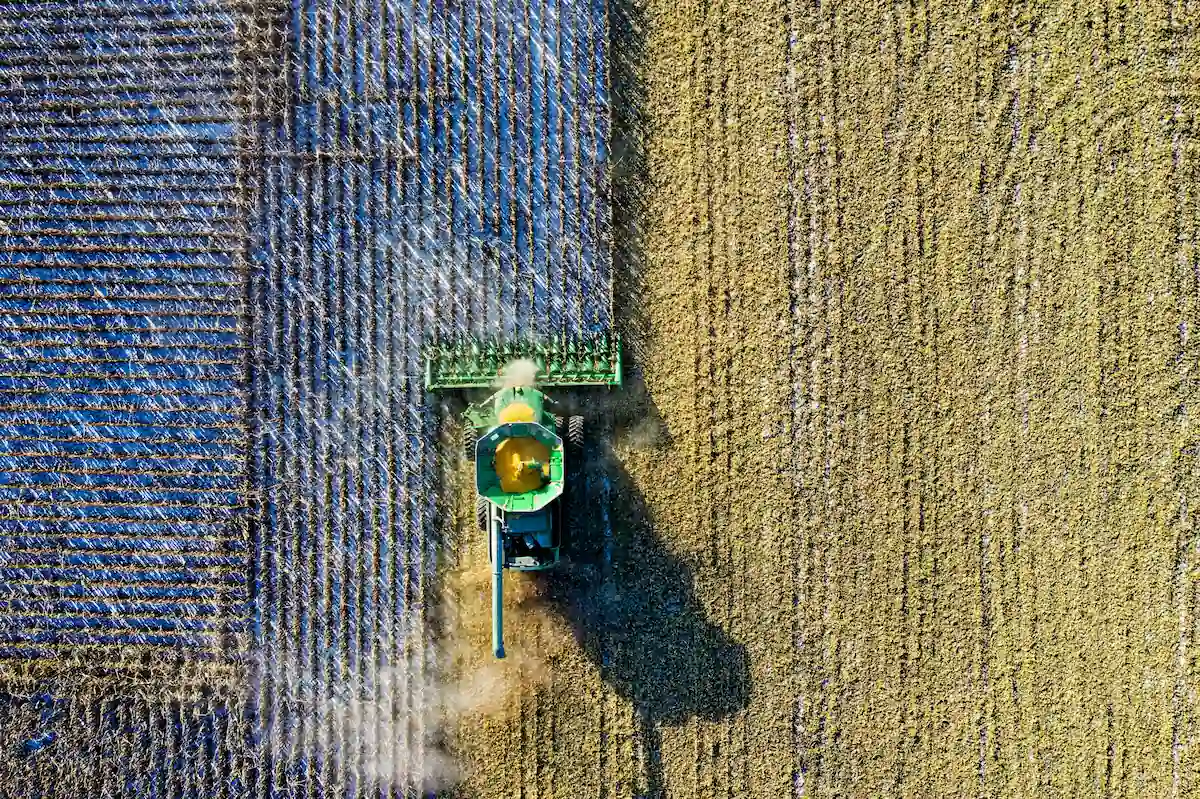Producing the food we consume daily requires a substantial amount of freshwater, often referred to as “virtual water.” This water is used throughout various stages of food production, from growing crops to processing and transportation. The concept of virtual water helps us understand the hidden water costs associated with our food choices.

Water is indispensable in the journey of food to our tables. It is a crucial component in cultivating crops, processing raw materials, and ensuring the safe packaging and transportation of food products. Each step in the food production process relies on significant water resources.
Crops like rice, wheat, and corn require significant water for irrigation. We use these crops to consume ourselves but also to feed animals. For instance, producing 1 kilogram of rice can use up to 2,500 liters of water. This water is needed to maintain soil moisture, support plant growth, and maximize crop yields.
Water is essential in cleaning, cooking, and processing food products. For example, washing vegetables and fruits, cooking grains, and processing dairy products all require water. Factories and food processing plants use large amounts of water to clean raw materials, maintain hygiene standards, and facilitate various production processes.
Even the packaging and transportation of food involve water use. Water is used in the production of packaging materials, such as cardboard and plastic, and in maintaining cleanliness and temperature control during transportation. The entire supply chain, from farm to table, depends on water at multiple points.

Proteins are some of the most water-intensive foods. Producing 1 kilogram of beef, for instance, requires approximately 15,000 liters of water. This high water footprint can be broken down into several stages:
The extensive water requirements for protein production highlight the resource-intensive nature of animal agriculture.

As the global population continues to rise, the demand for food—and consequently, water—will increase. The world population number is expected to rise dramatically in the coming years. This growth will put immense pressure on our freshwater resources, as more water will be needed to produce the food required to feed an expanding population.
Understanding the significant amount of water required to produce our food highlights the need for sustainable water management practices. As the demand for water grows with the population, it becomes crucial to address water use in food production to ensure that we can meet future needs without depleting our precious freshwater resources.
© 2025 - World Population Limitation Movement | Website by Donkeys & Co.